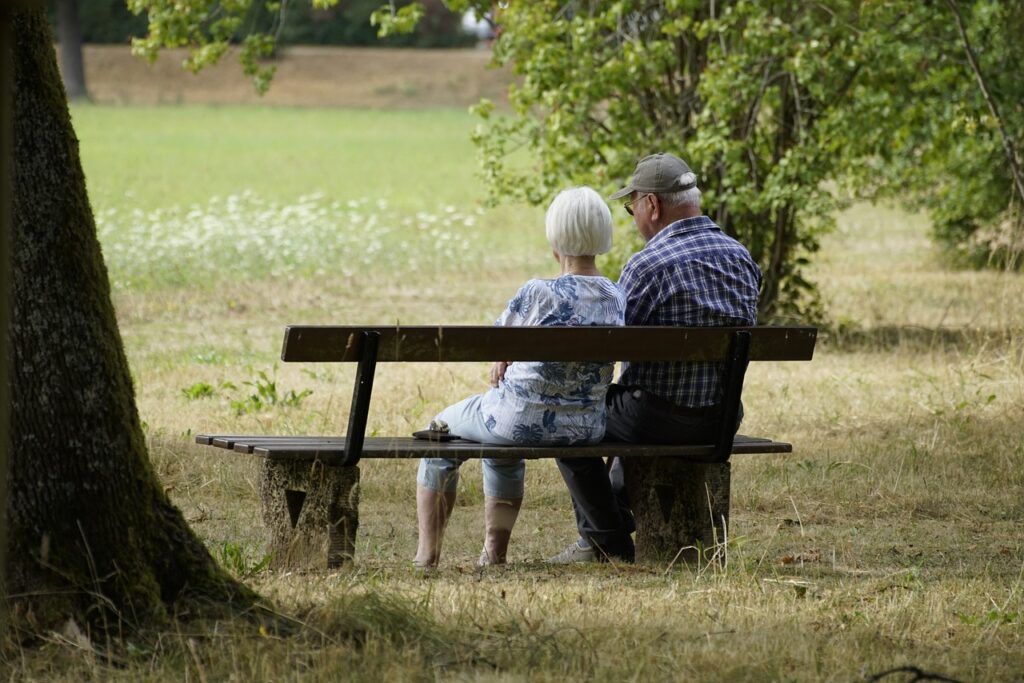As we age, our needs and abilities change. For many seniors, living independently in their own homes can become difficult or even unsafe. This is where a home for the elderly comes in – providing a safe and comfortable environment for older adults to live in. However, designing such a place requires careful consideration of various factors to ensure it meets the specific needs of the elderly population. From accessibility and safety to socialization and comfort, here are six key design considerations that must be taken into account when creating a home for the elderly.
1. Accessibility
Accessibility is a crucial aspect to consider when designing a home for the elderly. As people age, their mobility and physical abilities may decline, making it difficult for them to navigate through spaces that were once easy for them. Therefore, it is essential to ensure that the home is designed with accessible features such as ramps, wider doorways, grab bars in bathrooms, and elevators for multi-story buildings.
These modifications not only make it easier for older adults to move around but also promote their independence and sense of dignity. Additionally, incorporating universal design principles can make the home accessible to people with varying abilities, ensuring inclusivity.
2. Safety
Safety is a top priority when designing a home for the elderly. As individuals age, they become more vulnerable to accidents and injuries, especially in their own homes. You can find various equipment for promoting bathroom safety, including handrails, shower chairs, and non-slip flooring. Additionally, proper lighting and eliminating tripping hazards are crucial in preventing falls.
The layout of the home should also be designed with safety in mind – avoiding sharp corners and providing easy access to emergency exits. Installing smoke detectors and security systems can also provide peace of mind for both the residents and their loved ones.
3. Socialization
Social isolation is a prevalent issue among the elderly, which can have negative effects on their mental and physical health. Therefore, creating opportunities for socialization within the home is essential. This can be achieved by incorporating communal spaces such as lounges, dining areas, and gardens where residents can interact with each other.
Additionally, organizing regular activities and events can promote social engagement and prevent feelings of loneliness. These activities can range from game nights to exercise classes, providing a sense of community and promoting overall well-being among the residents.
4. Comfort
As people age, they tend to spend more time at home, making comfort a significant aspect when designing a home for the elderly. This includes choosing appropriate furniture and materials that provide support and are easy to use. For example, opting for adjustable chairs, supportive mattresses, and non-slip flooring can greatly enhance the comfort of older adults.
Lighting and temperature control should also be considered to create a comfortable living environment. Providing ample natural light and installing efficient heating and cooling systems can improve the overall comfort level in the home.
5. Personalization
To truly make a home for the elderly feel like their own, personalization is key. This means incorporating elements that reflect the residents’ individual interests and preferences. It can be achieved by allowing them to bring their own furniture and belongings, displaying personal mementos and photos, and offering choices in room layouts and designs.
Moreover, involving the residents in decision-making processes and providing opportunities for them to personalize their living spaces can give them a sense of control and ownership, promoting a greater sense of satisfaction with their new home.

6. Supportive Environment
Lastly, creating a supportive environment is crucial when designing a home for the elderly. This means not only meeting their physical needs but also promoting their emotional and mental well-being. This can be achieved by providing access to healthcare services, offering counseling and support groups, and incorporating elements of nature in the design.
Additionally, having trained staff members who are knowledgeable about the needs of older adults and creating a sense of community among residents can greatly contribute to a supportive environment. By addressing all aspects of senior living, a home for the elderly can truly become a place where residents can thrive.
Designing a home for the elderly requires careful consideration of various factors to ensure it meets the specific needs and challenges faced by this population. From accessibility and safety to socialization and comfort, these six key design considerations play a crucial role in creating a welcoming and supportive environment for older adults. By incorporating these elements into the design process, we can create homes that not only meet the physical needs of the elderly but also promote their overall well-being and quality of life. Let’s continue to prioritize and improve the living spaces for our aging population, creating homes that they can truly call their own.


